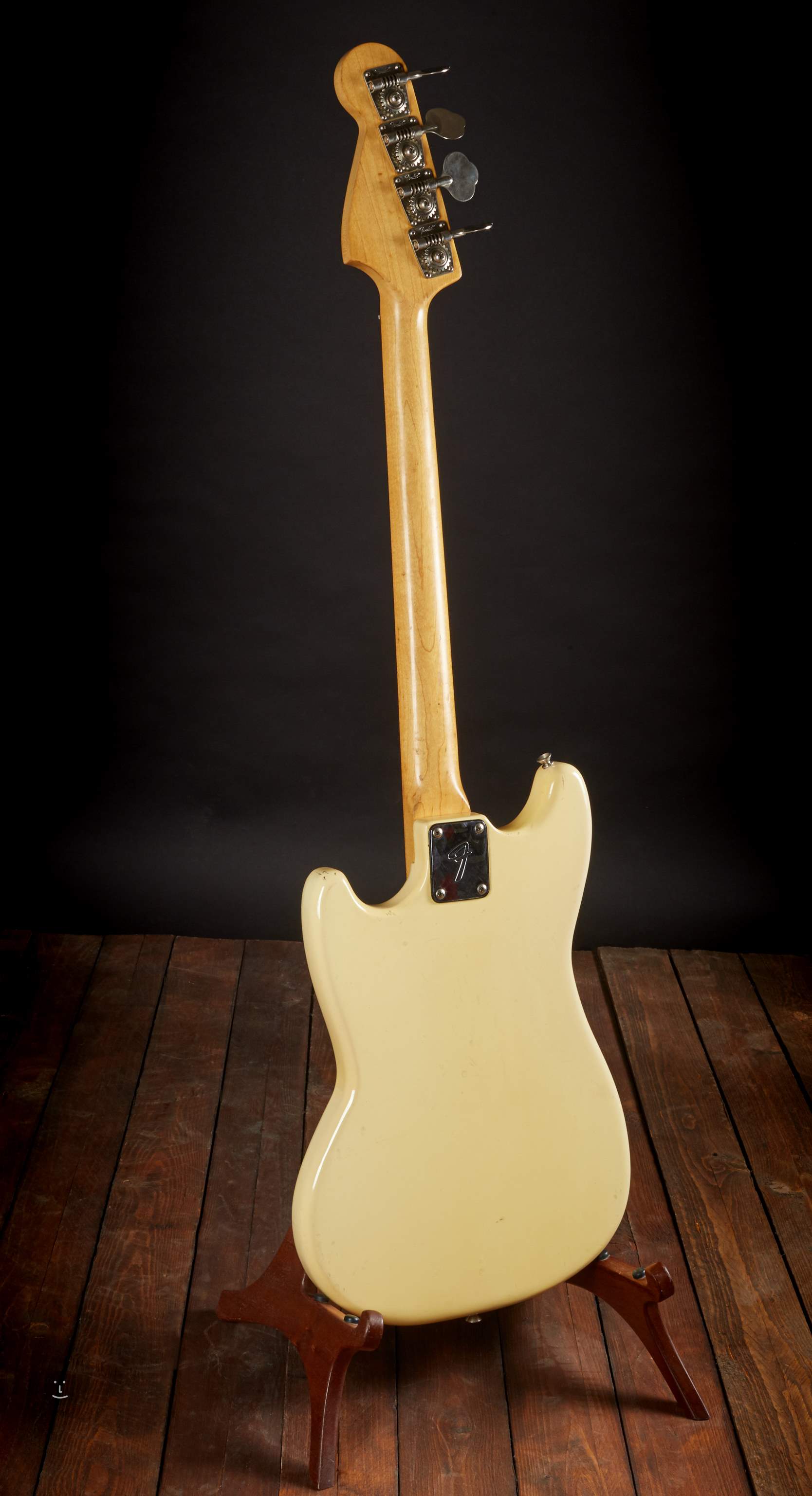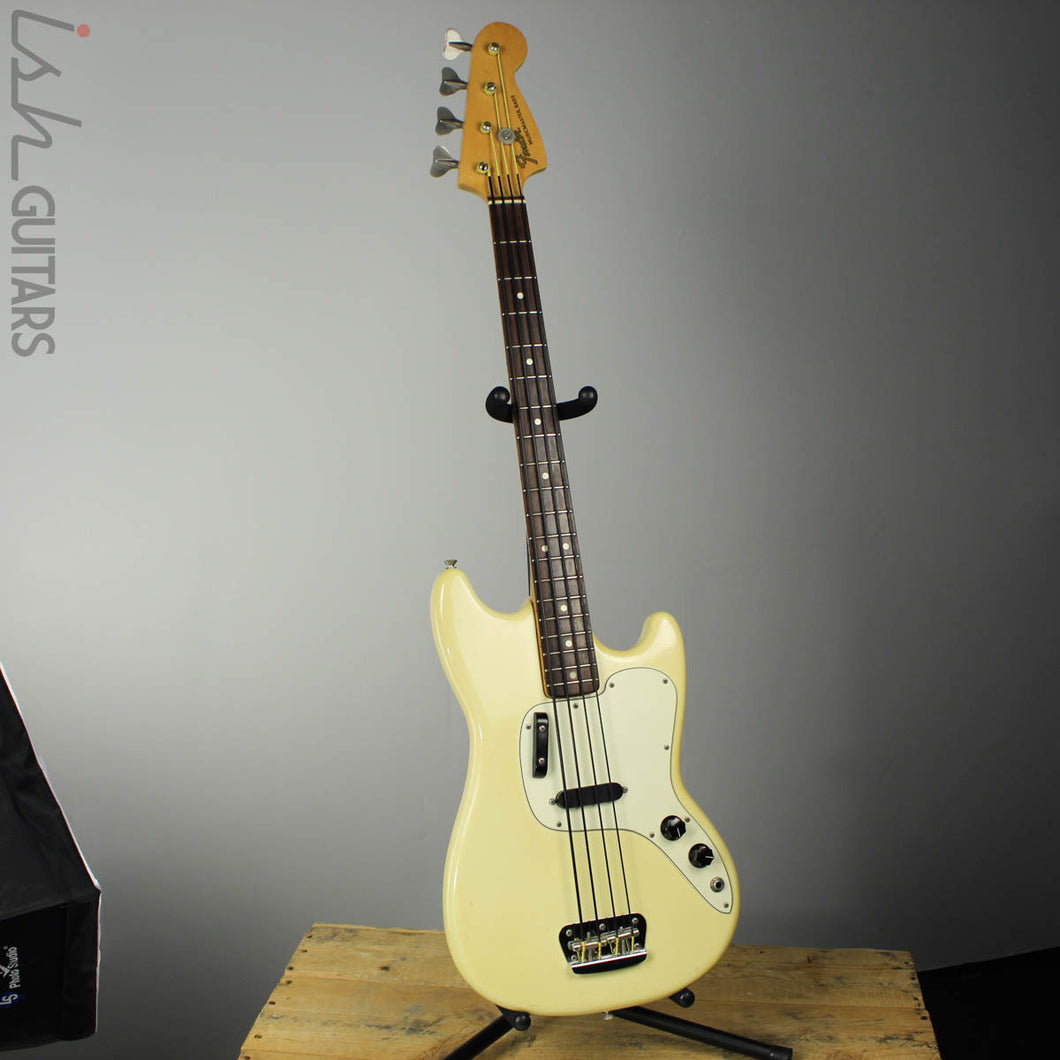

- #1976 fender musicmaster serial numbers#
- #1976 fender musicmaster serial number#
- #1976 fender musicmaster series#
#1976 fender musicmaster serial number#
It's simple enough with our Epiphone Serial Number Lookup Decoder. Gibson And Epiphone Guitars - 1961 To 1969 Image via: Pixabay Fender guitar F neck plate Serial number 0001 stamped for Fender Tele or strat. Analyze the first two numbers in the serial. First factory order number (FON) on neck block of J45s in 1942 was 907 and 923. Epiphone was a family business established in 1873 as "the House of Stathopoulo" by Anastasios Stathopoulo, a greek violin maker. The Guitar Dater Project aims to provide you with the information hidden in your Guitars' Serial number in plain English. The serial number is stamped or as a sticker on the back of the headstock, the neck plate or on (semi) acoustic guitars on the bottom inside the body.
#1976 fender musicmaster serial numbers#
serial numbers from 70' and 80's era Epiphone guitars made in Japan are not supported. Epiphone is an American musical instrument brand that traces its roots to a musical instrument manufacturing business founded in 1873 by Anastasios Stathopoulos in Smyrna, Ottoman Empire, and moved to New York City in 1908.

Serial Number: o00120049 (the serial number is on the neck plate) SEE picture # 4 Made in Korea The Made in Korea sticker/ label has some creases (see picture # 3). All of our guitars have a serial number on the back of the headstock (or the neck plate on older guitars).
#1976 fender musicmaster series#
Find "WD10" to identify your guitar as part of the series of the same name. My S/N is on a sticker on the bolt-on-neck-plate and is mostly faded and worn off anyway. Current epiphone guitars and other guitars, toacoustic and certainly good quality ones, and andrew hill for those who want to read the guitar. (Since 2004 Epiphone guitars have been produced in China) Five digit serial numbers.


If you end up with an error message, please scroll down and find your guitar's credentials manually using our helpful number grids. Says Epiphone at the top and has a Gibson plate below the diamond shaped pearl colored inlay. 3.5) The Epiphone serial number decoder currently supports 12 serial number formats from 25 factories. Those Epi Sg's are a bargain, & with all the limited editions, there's 20 set-neck models out now. Main Offender Members 403 Members Posted I have my brother's Epi Les Paul Standard in my possession. Having said this, there are a lot worse guitars out there, and as well as being historically important, the 1820 bass can certainly provide the goods when required.The serial number was at. Over the course of the 70s, the Japanese output improved dramatically, and in many ways these early 70s models are a low point for the brand. These new Epiphones were based on existing Matsumoku guitars, sharing body shapes, and hardware, but the Epiphone line was somewhat upgraded, with inlaid logos and a 2x2 peghead configuration. The Matsumoku factory had been producing guitars for export for some time, but the 1820 bass (alongside a number of guitar models and the 5120 electric acoustic bass) were the first Epiphone models to be made there. This was scratchplate mounted in a fairly central position, resulting in a pretty gritty midrange sound (listen to soundclips here) with just the usual tone and one volume controls to give a little variation - for the right band how much more would you need?īy the end of the 1960s, a decision had been made to move Epiphone guitar production from the USA (at the Kalamazoo plant where Gibson guitars were made), to Matsumoto in Japan, creating a line of guitars and basses significantly less expensive than the USA-built models (actually less than half the price). Although very simple, it does have some sturdy components, especially the bridge, and was certainly a more substantial instrument than many other 'entry-level' basses.Īlthough a good functioning bass, it could perhaps be considered a little limited tonally, having only one single-coil pickup. It was an easy-playing good quality, solid, reliable bass. The Musicmaster was Fender's least expensive bass model (in 1973, it had a list price of $139.50, compared to $293.50 for the Precision), and with the shorter 30" was scale perfect for student musicians. The only real difference is the position of the thumbrest, but then, this catalogue does re-use the image from the 1970 catalogue - the first appearance of the Fender Musicmaster bass. Have a look at the 1972 Fender catalogue, which has an almost identical guitar pictured. The bass pictured is completely typical example of an early Musicmaster. The Fender Musicmaster bass was a new instrument for the 1970s, being launched in the second half of the first year of the decade.


 0 kommentar(er)
0 kommentar(er)
